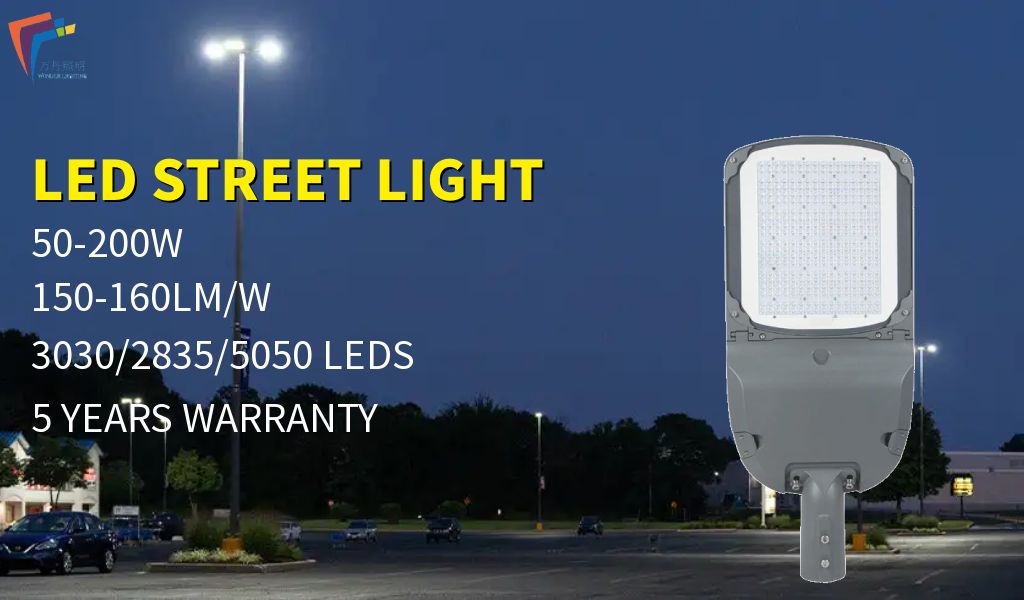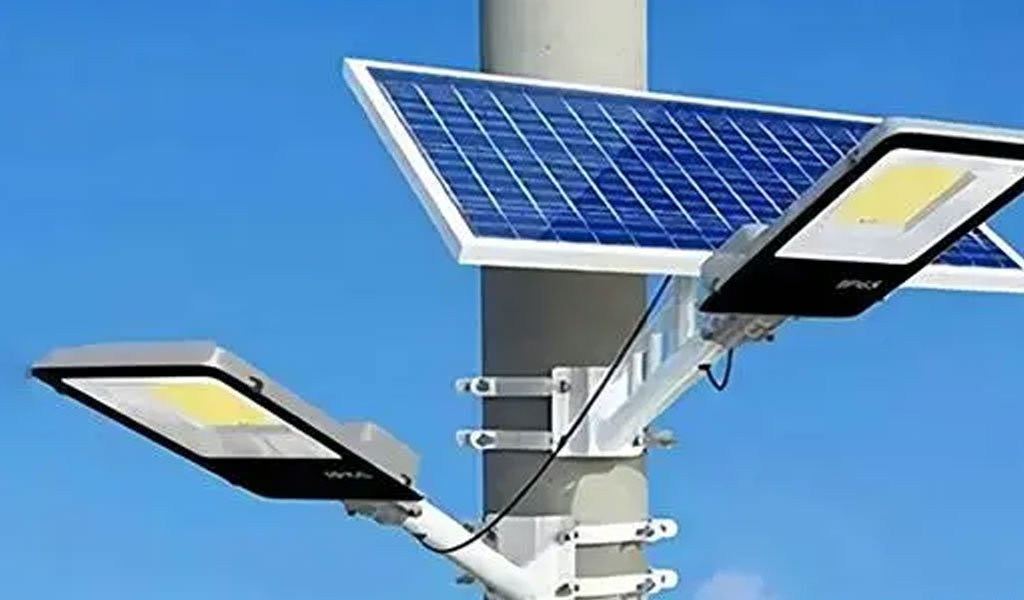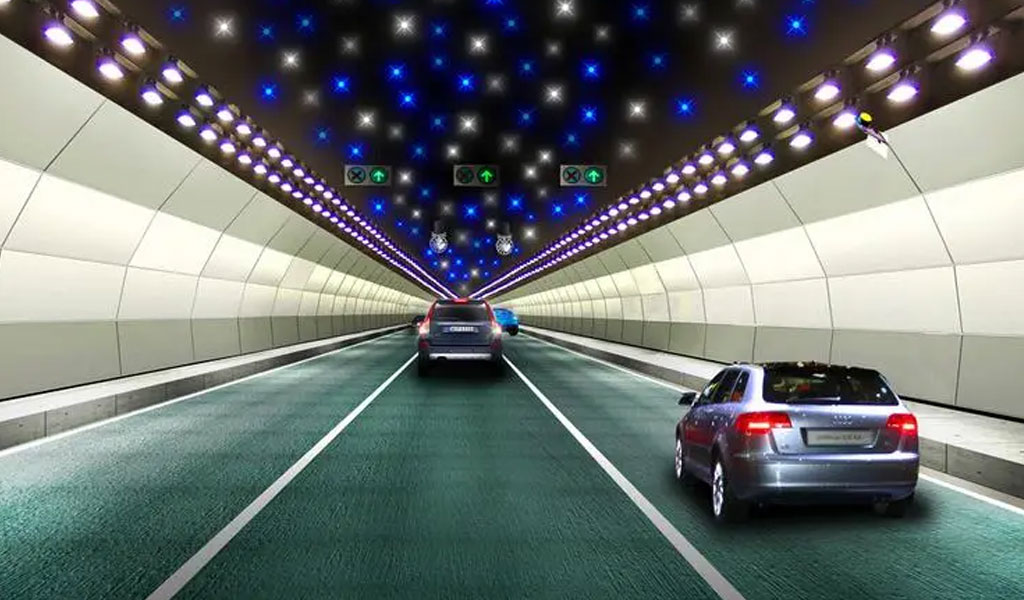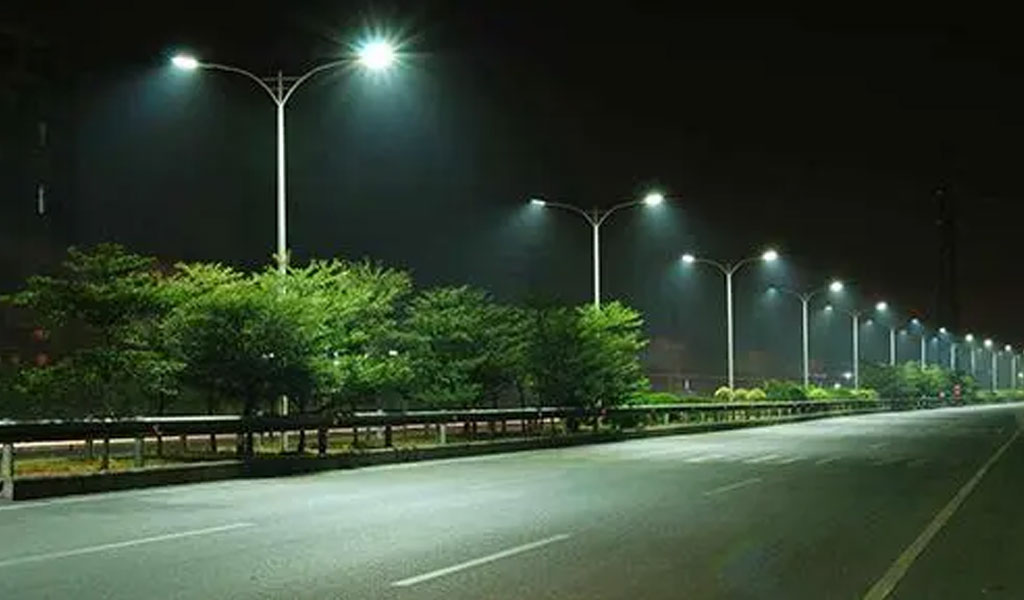DALI Dimming for LED Street Lights: An In-Depth Overview
The advent of smart technologies in urban lighting has brought about a significant transformation in how we manage and control artificial light. One such technology that has gained prominence is DALI dimming, an acronym for Digital Addressable Lighting Interface. This protocol not only optimizes energy consumption but also enhances the adaptability and control of LED street lights. In this piece, we will delve into how DALI dimming functions specifically in LED street lights, its components, benefits, and its impact on smart city infrastructure.
Understanding DALI Technology
DALI is a communication protocol that allows individual lighting devices to be addressed and controlled in a manner that is both flexible and efficient. It operates on a digital control system, allowing each light fixture to receive commands independently. This feature is crucial for street lighting, where different sections of a street may require different levels of illumination at various times.
The DALI standard protocol was established to provide a two-way communication system between lights and the control system. This is a departure from traditional systems that typically offered one-way commands without feedback, which could result in inefficiencies and difficulties in troubleshooting.
Components of DALI Dimming in Street Lights
1. LED Fixtures: At the heart of any DALI dimming installation are LED street lights themselves. Unlike traditional sodium or halogen lights, LED lights offer superior energy efficiency, longer lifespans, and the ability to be dimmed without color shift.
2. DALI Controller: This device manages communication between the DALI-enabled lights and the centralized control system. The DALI controller issues commands for dimming and can also receive data about the lights’ status, creating a feedback loop that allows for better maintenance and operational efficiency.
3. DALI Power Supply: Each DALI network requires a power supply that is compatible with the DALI protocol. This ensures that the system has sufficient power to operate all connected components.
4. Sensor Integration: In smart street lighting systems, DALI dimming is often used in conjunction with sensors. These sensors include motion detectors for detecting pedestrian and vehicular activity, as well as ambient light sensors for adjusting illumination based on environmental light levels.
5. Software Interface: A central software interface allows city planners and management teams to monitor and control the network effectively. The software provides visualization tools, scheduling capabilities, and reporting functions that enable informed decision-making.
How DALI Dimming Works
DALI dimming employs a method where each light fixture can be individually addressed and controlled. Here’s a step-by-step look at how this process typically works:
Step 1: Addressing the Fixtures: Each LED street light is assigned a unique address within the DALI network. This allows for individual control and monitoring of each unit, offering granular control over light output and status.
Step 2: Sending Commands: The DALI controller sends commands to the street lights, telling them how bright to shine. This can be adjusted in real-time or scheduled based on pre-set times (e.g., dimming during the late night hours when fewer vehicles and pedestrians are present).
Step 3: Feedback Loop: After receiving the dimming command, the light fixture responds and sends back feedback to the DALI controller about its status, including operational errors or a failure indicator. This two-way communication enhances system reliability and reduces maintenance downtime.
Step 4: Integration with Sensors: Sensors can modify the behavior of the street lights dynamically. For instance, if a motion sensor detects a vehicle or person approaching, it can signal the DALI controller to brighten the street light in that area momentarily.
Benefits of DALI Dimming
1. Energy Efficiency: One of the principal advantages of using DALI dimming technology is its ability to significantly reduce energy consumption. By adjusting the light output according to real-time conditions, municipalities save on electricity bills and reduce their carbon footprint.
. Extended Lifespan of Fixtures: Dimming not only saves energy but also prolongs the life of LED street lights. LEDs generally degrade more slowly when they operate at lower power levels, minimizing the frequency of bulb replacements.
3. Enhanced Public Safety: DALI dimming can be programmed to enhance public safety. For instance, lights can be made brighter during peak hours to improve visibility for pedestrians and drivers, and dimmed during quieter times to minimize light pollution.
4. Flexibility and Scalability: DALI systems are highly scalable. If new LED lights are added to the network, they can be easily integrated without significant modifications to the existing setup.
5. Data Collection and Management: The DALI system can provide conclusive data on the usage patterns of street lighting. This data can be analyzed to optimize lighting strategies over time, further contributing to efficiency efforts.
Environmental Impact
As urban areas continue to expand and populations grow, the demand for energy-efficient lighting becomes increasingly vital. By adopting DALI dimming with LED street lights, cities can manage their resources more sustainably. The technology helps reduce unnecessary light pollution and minimizes the overall energy consumption in the city, aligning with global sustainability goals.
Conclusion
DALI dimming represents a significant advancement in the management of urban street lighting. By leveraging the benefits of LED technology and the digital addressing capabilities of the DALI protocol, municipalities can achieve a new standard in energy efficiency and adaptability. As cities move towards smart city models, integrating DALI dimming into street light systems will undoubtedly play an essential role in creating safer, more sustainable, and more efficient urban landscapes.
In summary, the combination of high-performance LEDs with an intelligent control protocol like DALI not only addresses current needs but also sets the stage for future innovations in street lighting and urban infrastructure. As we continue to embrace technological advancements, the potential for improved urban living through smart lighting systems is enormous.



